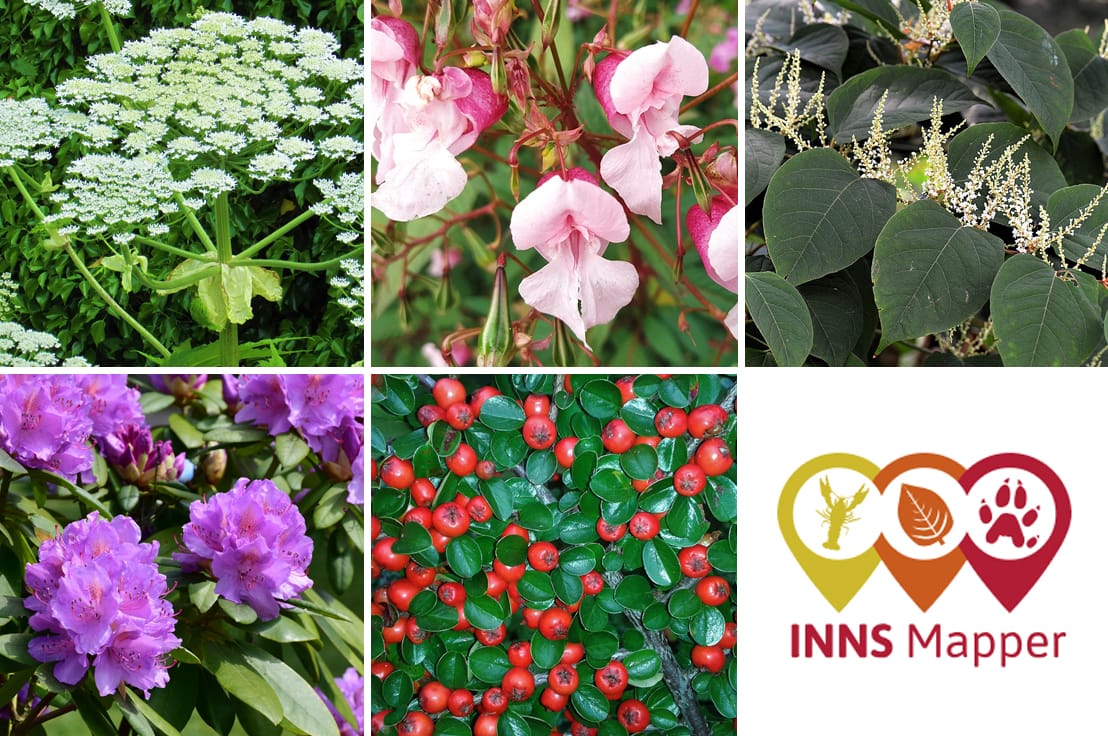
Great Britain’s INNS Strategy provides a strategic framework within which the actions of government departments, their related bodies, and key stakeholders can be better coordinated. A Strategic Outcome and Objective of the Strategy is to significantly improve INNS detection and monitoring capability by 2030, to develop and maintain a surveillance, early detection and monitoring mechanism that facilitates management responses, including rapid response, and fulfils the requirements relating to species of special concern.
Since 2008, the GB Non-Native Species Information Portal (NNSIP) and the National Biodiversity Network Atlas have provided a central hub for INNS records in GB. Citizen science initiatives and online systems, such as INNS Mapper, have further increased the efficiency of NNSIP and the INNS early detection system.
Citizen science is the collection and analysis of data by members of the public, typically as part of a collaborative project with professional scientists.
Landscape managers across the UK conduct INNS surveys every day. However, it is unlikely that much of this data is shared widely or contributes to a national and publicly available dataset.
INNS Mapper is a free app and website for the reporting of sightings, surveys and management of INNS in England, Wales and Scotland. INNS Mapper aims to provide an effective resource to support INNS programmes and coordinate efforts. Data reported to INNS Mapper is free, open access, and can be verified through photographs. Additional information on the species is also captured and made available. Please visit the app or website for more information.
Everyone is encouraged to get involved with using INNS Mapper to report sightings of INNS. Data collected by INNS citizen scientists can inform professional studies and ultimately guide landscape management and decision-making.

TEP’s GIS and Land Management teams were commissioned by a public body, the Joint Nature Conservation Committee (JNCC), to complete national INNS data analysis in ArcGIS Pro and R. A multi-criteria decision analysis was conducted to evaluate, score, and weight core factors (INNS densities and priority habitats) in order to generate an overall priority score. England-wide spatial distribution maps were created to support the prioritisation of broader landscape INNS management. Citizen scientists contributed to an input dataset used in this study to enhance the spatial distribution and impact of the work. The generated code allows analysis to be repeated as datasets grow.
To get in touch with our Geospatial team, please email tep@tep.uk.com, we would love to hear from you.








